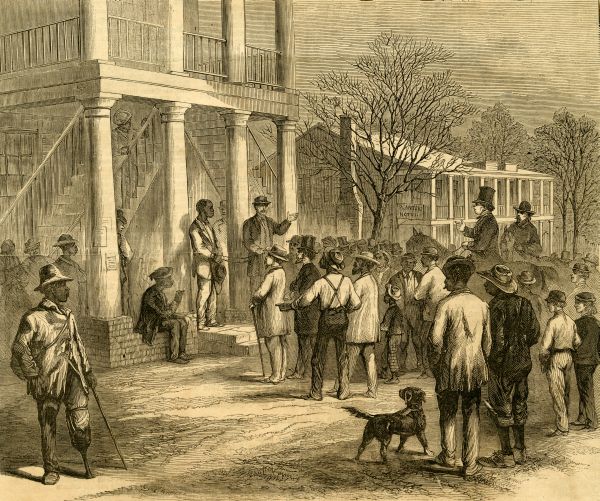Gone to Texas

Drawing of the Union Bank of Florida
Courtesy of the Museum of Florida History
When the Union Bank closed in 1843, the edifice remained. Built to impress frontier-era Tallahassee, the Greek Revival building, a brick structure, provided refuge from the threat of Seminole attacks. The building housed other organizations and businesses in the coming years, but it would always be known as the Union Bank.
The bank’s failure and the yeoman farmers’ resistance changed the financial and political position of the planter class in Middle Florida. Bankruptcy notices and slave auctions filled the newspapers. Other calamities struck the Tallahassee region, including a deadly 1841 yellow fever outbreak, a fire in May 1843, and a hurricane the following September that destroyed Port Leon. Some saw the hand of God in this series of disasters, and religious revivals were widely attended. As their political power rose, some yeoman farmers built wealth. However, seventy percent of Leon County’s population, according to the 1845 census, were enslaved people held primarily by elite planters.

A man being sold into slavery to pay debts in Monticello, Florida. Drawn by James E. Taylor and published in Frank Leslie’s Illustrated Newspaper, 1844.
Courtesy of the State Archives of Florida





